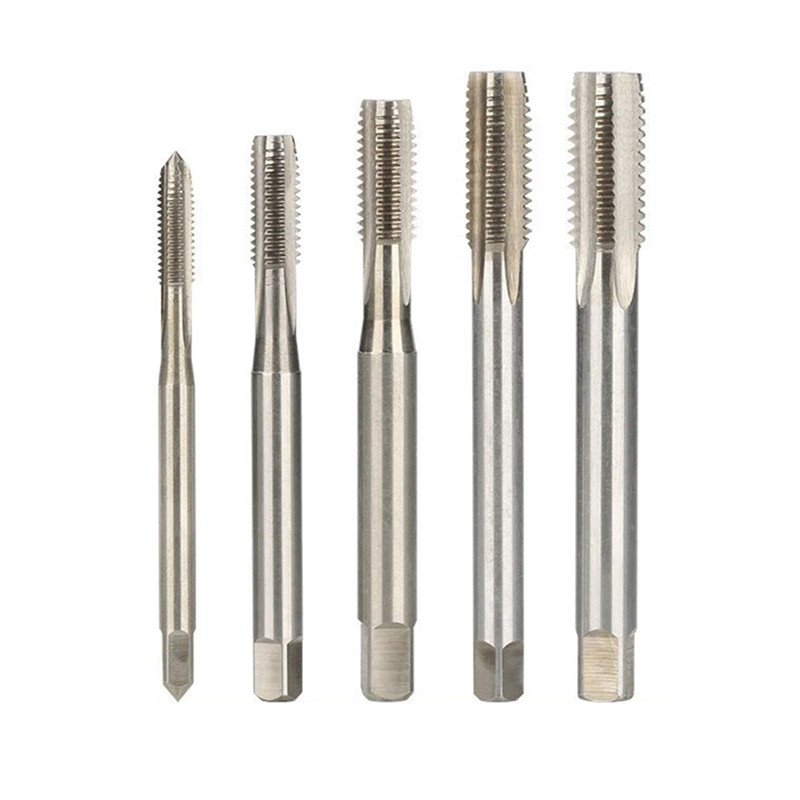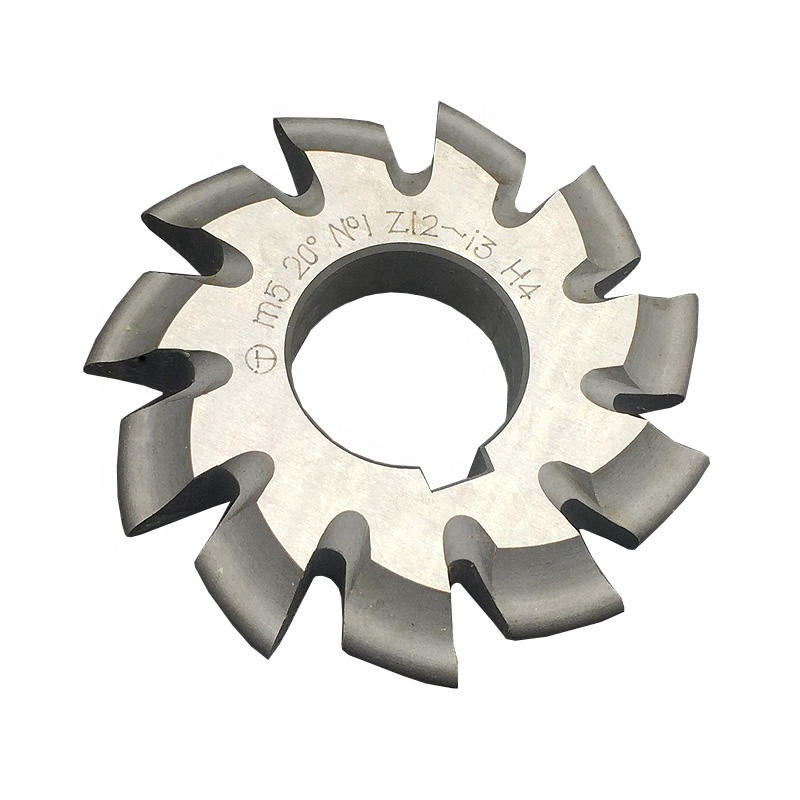r8 emergency collet Manufacturer
An R8 emergency collet is a versatile toolholding device designed for machinists who need a quick and custom solution for holding various diameter tools. They're essentially blank collets that can be machined to fit specific requirements, particularly useful when standard collet sizes are unavailable or for holding irregularly shaped workpieces. This guide delves into the selection, machining, and proper usage of R8 emergency collets, ensuring optimal performance and longevity.
Understanding R8 Emergency Collets
What is an R8 Emergency Collet?
Unlike standard R8 collets that are pre-sized to hold specific tool diameters, an R8 emergency collet is a blank collet made from machinable steel. This allows machinists to bore or ream the collet to the precise size needed for their specific application. They are also sometimes referred to as 'soft collets' or 'blank collets.'
Why Choose an R8 Emergency Collet?
- Customization: The primary advantage is the ability to create a collet that perfectly fits the tool or workpiece.
- Versatility: Ideal for holding tools with non-standard shank sizes or irregularly shaped parts.
- Emergency Situations: As the name suggests, they are invaluable when a standard collet is not readily available.
- Cost-Effective for One-Off Jobs: Machining an emergency collet can be more economical than purchasing a specialized collet for a single project.
Selecting the Right R8 Emergency Collet
Material Considerations
Most R8 emergency collets are made from a medium-carbon steel, such as 1018 or 1045 steel. These steels offer a good balance of machinability and strength. Consider the hardness and wear resistance required for your specific application.
Size and Dimensions
Ensure the R8 emergency collet is compatible with your machine's spindle. The external dimensions of the collet must match the R8 standard. The internal diameter will be undersized, ready to be machined to your specific needs.
Quality and Manufacturing
Look for reputable manufacturers like Wayleading Tools who guarantee dimensional accuracy and material quality. Poorly manufactured collets can lead to runout and reduced tool life. Dimensional accuracy is crucial for maintaining the precision of your machining operations.
Machining an R8 Emergency Collet
Preparation
Before machining, carefully measure the tool or workpiece you intend to hold. Determine the required bore diameter and any necessary features, such as flats or grooves. A precise measurement is key to a successful outcome.
Machining Process
- Mounting: Securely mount the R8 emergency collet in a lathe or milling machine.
- Boring/Reaming: Use a boring bar or reamer to create the desired bore diameter. Take light cuts to avoid chatter and ensure a smooth finish.
- Feature Creation (Optional): If necessary, machine any additional features, such as flats or grooves, using appropriate tools.
- Finishing: Deburr the edges of the collet and clean thoroughly.
Tips for Successful Machining
- Use sharp cutting tools.
- Apply cutting fluid to improve tool life and surface finish.
- Take light cuts to avoid distortion.
- Regularly check the dimensions of the bore.
Using an R8 Emergency Collet
Proper Installation
Ensure the spindle and collet are clean and free of debris. Insert the R8 emergency collet into the spindle and tighten the drawbar to the recommended torque. Over-tightening can damage the collet or spindle.
Tool Holding
Insert the tool or workpiece into the machined bore of the R8 emergency collet. Ensure the tool is properly seated and tightened. Use appropriate tightening torque for the tool being held.
Maintenance
Regularly inspect the R8 emergency collet for wear and damage. Clean the collet after each use to remove chips and debris. A well-maintained collet will provide accurate and reliable performance. Store collets in a clean, dry environment.
Troubleshooting Common Issues
Runout
Runout can occur if the R8 emergency collet is not properly machined or if the spindle is damaged. Ensure the collet is accurately machined and the spindle is in good condition. Check the tool holding capability of the spindle.
Slippage
Slippage can occur if the tool is not properly tightened or if the collet is worn. Use the correct tightening torque and replace worn collets. Ensure the tool shank and collet bore are clean and dry.
Chatter
Chatter can occur if the machining parameters are not optimized. Adjust the cutting speed, feed rate, and depth of cut to minimize chatter. Use sharp cutting tools and ensure the machine is properly tuned.
Where to Buy R8 Emergency Collets
R8 emergency collets are available from various suppliers, including:
- Online retailers
- Machine tool suppliers
- Industrial supply companies
When choosing a supplier, consider their reputation, product quality, and pricing. Reading customer reviews can provide valuable insights.
Conclusion
An R8 emergency collet is a valuable asset for any machinist. By understanding the selection, machining, and usage of these collets, you can improve your machining capabilities and handle a wider range of projects. Remember to choose high-quality collets from reputable manufacturers and follow proper machining and installation procedures for optimal performance.
| Feature | Standard R8 Collet | R8 Emergency Collet |
|---|---|---|
| Purpose | Holding tools with specific standard shank sizes | Holding tools with non-standard sizes or custom shapes |
| Customization | No customization possible | Can be machined to custom bore sizes |
| Availability | Readily available in standard sizes | Requires machining before use |
| Cost | Generally less expensive for standard sizes | May be more cost-effective for one-off custom applications |
Related products
Related products
Best selling products
Best selling products-
 Type A Cylinder Tungsten Carbide Rotary Burr
Type A Cylinder Tungsten Carbide Rotary Burr -
 Type J-60 Degree Cone Tungsten Carbide Rotary Burr
Type J-60 Degree Cone Tungsten Carbide Rotary Burr -
 Auto Self Reversible Tapping Chuck In Drill Machine
Auto Self Reversible Tapping Chuck In Drill Machine -
 MT-APU Drill Chuck Holder With Keyless Type
MT-APU Drill Chuck Holder With Keyless Type -
 Keyless Drill Chuck With Heavy Duty Type
Keyless Drill Chuck With Heavy Duty Type -
 HSS Metric Square Tool Bit With Industrial Type
HSS Metric Square Tool Bit With Industrial Type -
 Indexable Spade Drill Holder With Helical Flute Holder And Taper Shank
Indexable Spade Drill Holder With Helical Flute Holder And Taper Shank -
 Type H Flame Tungsten Carbide Rotary Burr
Type H Flame Tungsten Carbide Rotary Burr -
 Precision 5pcs & 6pcs Angle Blocks Set With High Quality Type
Precision 5pcs & 6pcs Angle Blocks Set With High Quality Type -
 HSS DIN371 Threading Tap With Straight And Spiral Or Spiral Point Flute
HSS DIN371 Threading Tap With Straight And Spiral Or Spiral Point Flute -
 HSS Module Involute Gear Cutters With PA20 And PA14-1/2
HSS Module Involute Gear Cutters With PA20 And PA14-1/2 -
 HSS Inch Convex Milling Cutter For Industrial
HSS Inch Convex Milling Cutter For Industrial











